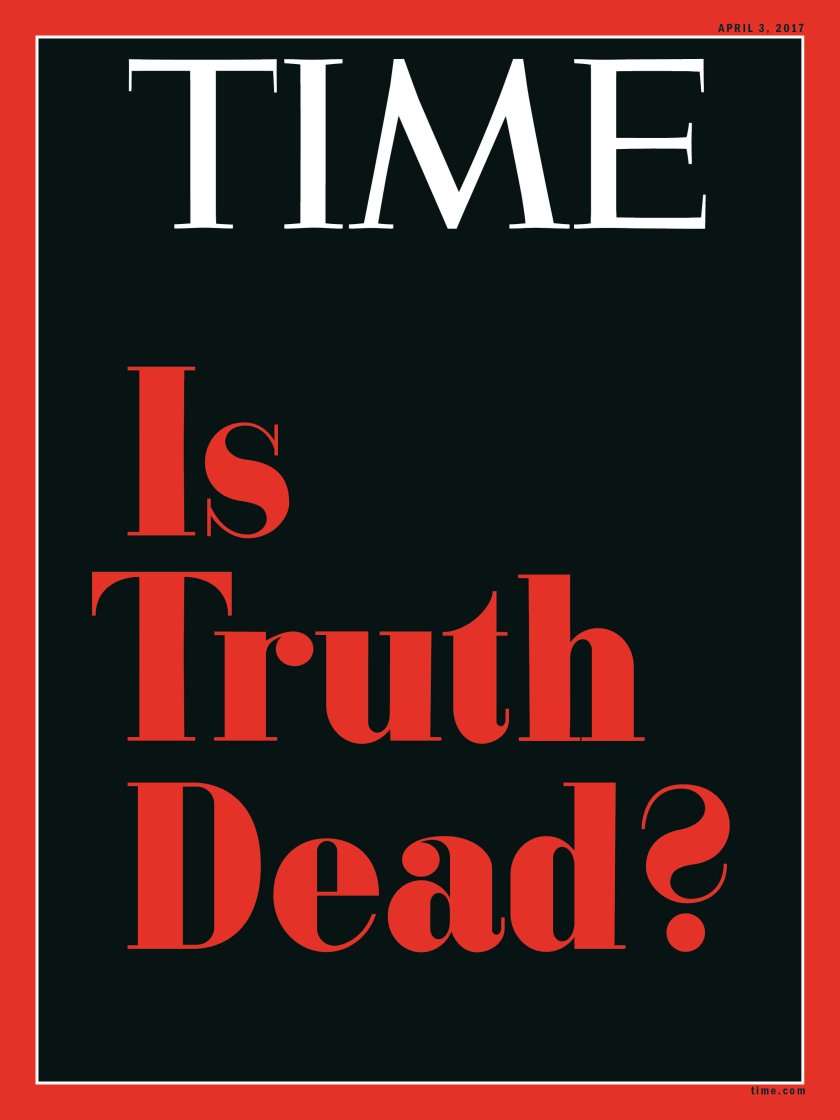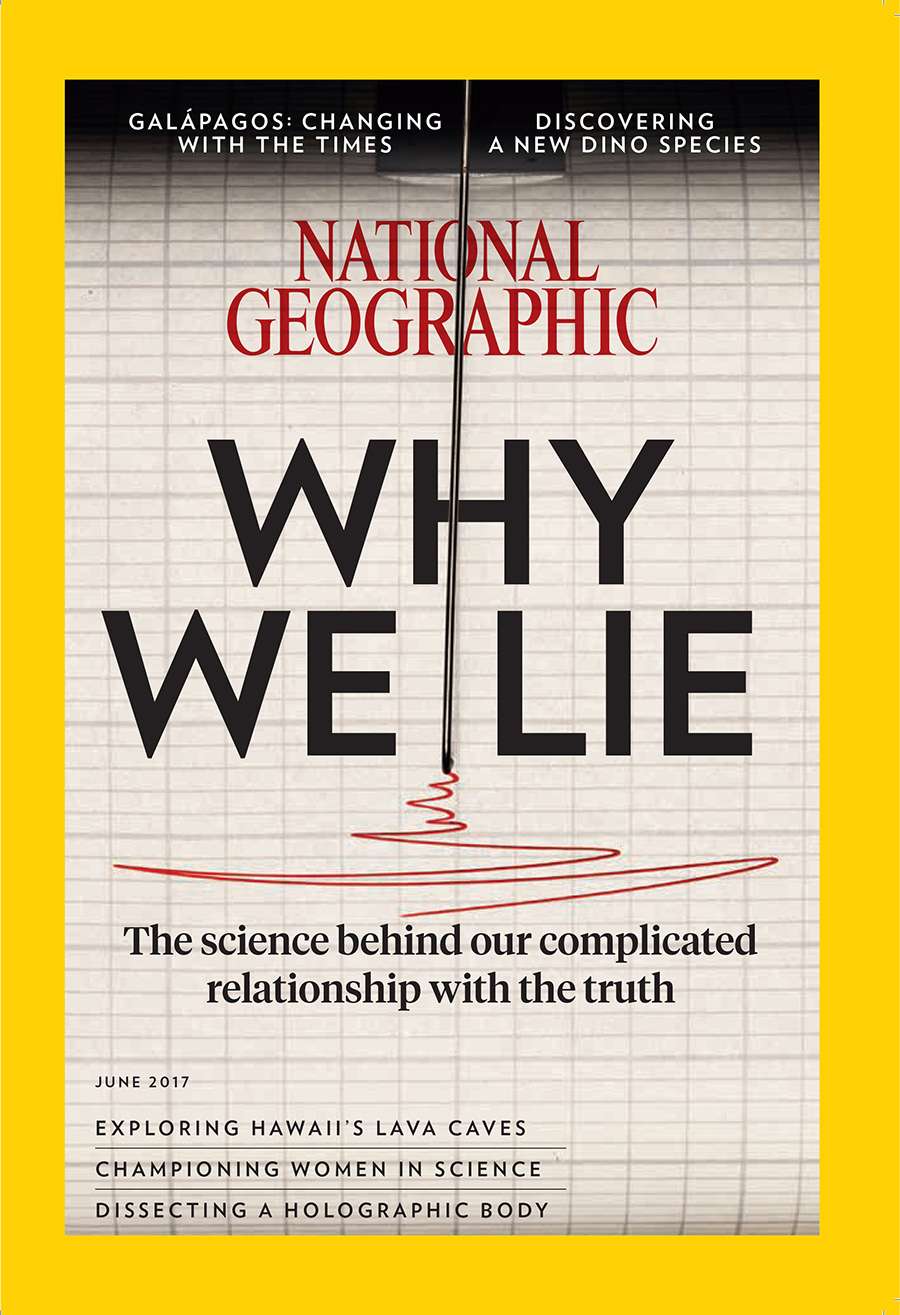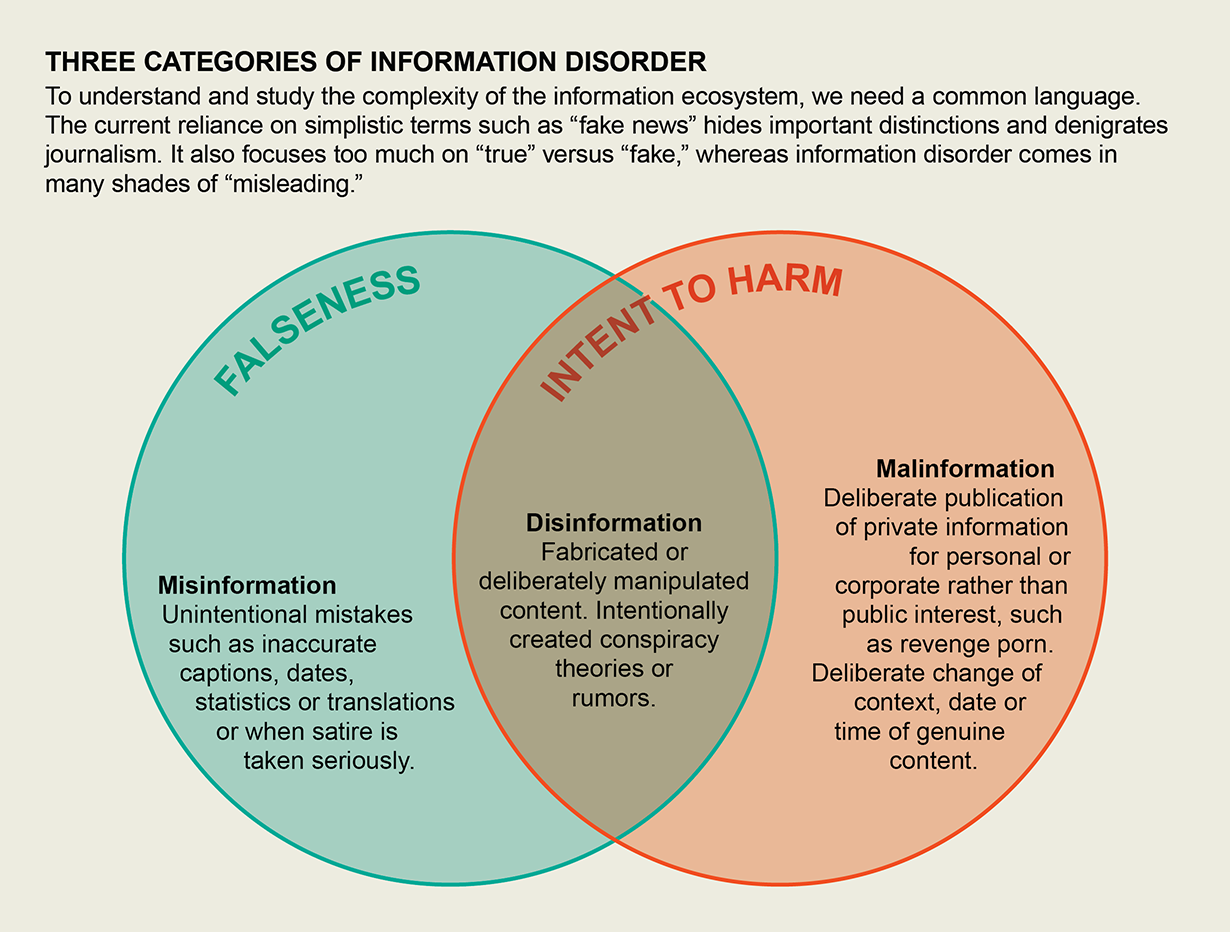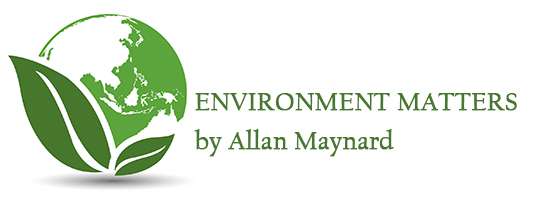THE CONSEQUENCES OF INFORMATION DISORDER
Allan Maynard – January 17 2021
“Post-truth is pre-fascism.” Historian Timothy Snyder in his 2017 book, On Tyranny.
“If the Leader says of such and such an event, ‘It never happened’—well, it never happened. If he says that ‘two and two are five’—well, two and two are five. This prospect frightens me much more than bombs …” George Orwell – the essay “Looking Back on the Spanish War” (1943)


There has been a proliferation of publications on false news over the past 4 years – books, articles in journals and of course the media. Both of these were published in 2017.
On January 6, 2021, the world watched in disbelief as the US Capitol Building was stormed by an angry mob of Trump supporters. Many were armed, some chanted ‘Hang Pence’, some carried confederate flags, and some carried ‘Jesus Saves’ signs. These despicable events marked the culmination of 4 years of an administration steeped in misinformation and disinformation (see definitions below). That the president lied on a daily basis never seemed to bother his supporters or members of his own party. In fact – 126 Republicans joined a frivolous Texas lawsuit that sought to overturn the results of the election in four states. It’s little wonder that most (or all?) in that angry mob truly believed the great lie that the November presidential election was rigged.
Being a strong adherent to evidence-based decision-making, I have, for the past 4 years, been dismayed at the appalling degree of acute dishonesty of the Trump administration. The consequences of such dishonesty and denialisim became ever so clear as we witnessed the epic and totally tragic failures of the administration’s response to the CoVid pandemic (see my April blog – in references). Recommended viewing on this matter – “Totally Under Control” now available in Prime.
And then came January 6 – with an assault on American democracy.
How did it come to this? Why is lying tolerated? Why does it seem to work politically? Why are some of the wackiest of conspiracy theories so widely believed? We know lying and obfuscation are prevalent in countries without a free press. But it should not be so pervasive in democratic nations.
I understand that millions feel left behind in the new global economy. This can lead to bitterness about people’s prospects and even lead to ‘tribes’ pitted against each other. Perhaps many are grasping for any kind of messaging that may provide simple solutions to highly complex problems that are so very difficult to fully grasp. Lies just might fill that need.
I am not a historian, a political scientist or a psychologist, but I have certainly been curious about how information disorder can be used as a political tool. It’s amazing how much information is available on this topic and how it has proliferated since 2016. I have done my best to summarize what I have learned.
THE NOMENCLATURE OF DISHONESTY
We all grow up with many harmless untruths – from tooth fairy to common myths such as believing we could drown if we go in swimming less than one hour after eating. To help understand the current information disorder it is helpful to identify certain terms.
Common misconceptions (longstanding myths) – these are common myths that can be promulgated over and over without any kind of danger – examples – humans only use 10% of their brains/shaving makes hair grow back faster and thicker/we need to drink 8 glasses of water each day to stay hydrated/bulls get angry when they see red. Reference below.
Urban myths (or urban legends) – can be told with conviction — such as the disappearing hitchhiker / theHookman, a mass murderer with a hook in place of a hand.
Categorizing lies – white / blue / black. Some psychologists (Scientific American – How the Science of Blue Lies May Explain Trump’s Support) categorize lies as ‘white lies’ that are generous (I like your shirt even if you don’t), ‘blue lies’—a psychologist’s term for falsehoods, told on behalf of a group, that can actually strengthen bonds among the members of that group, and ‘black lies’ which are selfish and only benefit the lying individual. The researchers suggest that politicians enabling Trump did not call out his lies because they saw those lies as useful weapons in a tribal us-against-them competition.
Misinformation vs. disinformation – The most common way of categorizing untruths is well presented in a paper by Clare Wardle in Scientific American entitled “Misinformation Has Created A New World Disorder” The following schematic is from this article.

Denialism – is defined as the psychology of human behaviour to deny reality as a way to avoid a psychologically uncomfortable truth. When someone is told they have cancer, the initial response can be denial. That can be dangerous for that individual if treatment is delayed. It is much more serious for society if denial is on a grander scale as was the deadly and tragic case for many countries in responding to the CoVid pandemic. Also dangerous is when denial is weaponized such as the cases of industry spending vast sums to combat scientific findings that affect their economic futures. Well-documented examples of organized and well-funded denial — the health risks from smoking, acid rain, ozone depletion and climate change.
Cherry picking – is suppressing evidence, or the fallacy of using incomplete data to falsely confirm a particular position, while at the same time ignoring a significant portion of related and similar cases or data that may contradict that position. This approach of only using selected data is widely used by those attempting to deny inconvenient science such as climate change. This is well covered in the book “Merchants of Doubt” – see references.
Conspiracy theories – are dangerous. In fact some of the most horrific events in history (the Holocaust, The Rwanda massacre to name only two) were grounded on conspiracy theories. The dictionary definition – ‘a conspiracy is a secret plot or agreement between two or more parties for an illegal or dishonest purpose’. Many conspiracy theories are eye rolling and generally ignored or easily disproved. An example was the claim that the current pandemic is really caused by the rollout of 5G (high speed -5th Generation Cellular) networks around the world. More dangerous is the rhetoric linked to the QAnon conspiracy theory, which holds that Trump is fighting a secret war against a powerful network of elite pedophiles. Even more dangerous is the anti-vaccination movement based on a fundamentally flawed study that claimed vaccines cause autism. And – it would take a full text-book to describe the myriad of conspiracy theories about the CoVid pandemic. See – My Blog – May 2018 – in references.
DOES SCIENCE HELP UNDERSTAND LYING?
There are many studies within academia that can help us understand more about lying – why it’s done and how it can be successful politically. Below is a summary of only a few of these studies.
1. A 2016 study published in the journal ‘Nature Neuroscience’, showed how dishonesty alters people’s brains, making it easier to tell lies in the future. Not only that, but when people faced no consequences for the dishonesty or, even better, are rewarded somehow, their falsehoods tended to get more sensational. The conclusion – the more people lie and get away with it – the more they will continue to lie.
2. Fake news spreads 7 times more widely (and faster) than true news, according to a study examining 126,000 news items circulated among 3 million twitter users. Untrue ‘news’ is as old as gossip, but its proliferation has become particularly troubling in the era of social media. False stories are amplified on Facebook and Twitter. The false post that Pope Francis endorsed Donald Trump’s candidacy for the US presidency was shared over 1 million times.
3. The Big Lie – Joseph Goebbels – minister of propaganda for the Nazi German government of the Third Reich, understood the power of repeating falsehoods. “If you tell a lie big enough and keep repeating it, people will eventually come to believe it.” This phenomenon, pervasive in contemporary politics, advertising, and social media, is known in cognitive psychology as the “illusory truth effect” Studies have confirmed that lies repeated over and over will eventually be believed. The facts don’t actually matter. In my view – this is how Donald Trump managed to convince millions of voters that the election was stolen.
SOCIAL MEDIA – FALSEHOODS SPREAD RAPIDLY
Computer processing power has increased a staggering 1 trillion times between the early 80s and now. The companies at the core of the social media revolution — Google, Facebook, YouTube, Twitter and the like — have used the vast amounts of data they harvest about our preferences and behaviours to create an emotional environment that tends to pull us apart and make us dumber. These companies get more eyeballs on their sites and clicks on their links — and so generate more revenue — by creating an addictive information environment of constant cognitive and emotional stimulus, and among the emotions that work best are outrage and (social) anxiety. With powerful algorithms, the social media platforms can totally control what we see – and also what we will not see based on users’ profiles. Our attention is mined like an extractable resource. Democracy is now for sale.
To obtain a clear understanding of the universe of the proliferation of false information, I highly recommend the Netflix show – “Social Dilemma”.
Bots, which are automated programs that masquerade as people, tend to be particularly good for spreading massive numbers of highly emotional messages with little informational content. Think here of a message with the image of Hillary Clinton behind bars and the words “Lock Her Up!” That kind of message will spread rapidly within the echo chambers populated by those who already agree with the basic sentiment. Bots have considerable power to inflame people who are already like-minded, though they can be easier to detect and block than trolls. The US Justice Department concluded that bots were widely employed by Russia during the 2016 election campaign. (see link to report in References).
By contrast, trolls are typically real people who spread provocative stories and memes. Trolls can be better at persuading people who are less convinced and want more information. Troll information can nonetheless spread just as widely as bots.
In both cases – social media has become a reliable tool of persuasion. This can be good thing when used, for example, to persuade people to do their part in controlling a pandemic. It can be a bad thing when millions are lead to believe the 2020 election was rigged.
WE NEED A SHARED VISION OF REALITY
It is clear to me that the current state of information disorder is a significant threat to science, progress and to democracy itself. Some strong, bipartisan measures are needed to start rectifying this.
Firstly – Social Media companies must step up their game and get better at flagging misinformation and disinformation. It would seem this is starting to occur but more needs to be done. Social media companies have the technology, but granted it’s a tightrope initiative in that free speech also needs to be protected.
Secondly, politicians need to lead and call out lies and not fear how their so-called base (left or right leaning) would react. Voters need to hear the truth even if it’s not favourable to their ideologies and world-views.
Thirdly – young people, who are the biggest users of social media, need to receive more education on the dangers of false information, how to assess fact from fiction and how to recognize proper journalism.
Finally – we need to become more responsible in what we decide to read and especially share via email, Facebook, twitter and other ways of communicating. We need to refuse to let Facebook, Google and other platforms be in charge of our newsfeed. With the Internet there are many options that each reader can explore to get world news and a variety of opinions. It is not difficult to venture away from news bubbles. Good journalism is more vital than ever. See reference below –“What is good journalism?”
Fact checking sites are useful. Of course it is fair to question the reliability of fact check articles. I find however, that these articles contain sources and references with links to official sites – such as NOAA. Also – fact check sites must be truthful to maintain their integrity. In the references section there are 2 articles on fact checking sites – including MBFC (Media Bias Fact Check) – a site that reports on the bias of fact-checking websites like Snopes and PolitiFact and also publishes a daily source bias check. Factors that they consider include sourcing, biased wording, story choices, and political affiliation.
Society is facing many highly complex issues and even existential threats. Millions feel let down or even totally neglected within the global economy. These problems can only be tackled by cooperation and a fact based starting point but also acknowledging differences in worldview visions. Wilful ignorance is not an option. We need to start from a shared vision of reality.
REFERENCES – I have provided some links if people are interested. I can’t guarantee they will take readers directly to the article. It may require a Google search using the title.
On Tyranny: Twenty Lessons from the Twentieth Century – By Timothy Snyder, 2017
https://www.environmentmatters.ca/2020/04/17/denial-delay-deadly/
The Lost Month: How a Failure to Test Blinded the U.S. to Covid-19 –
New York Times – March 2020
https://www.theatlantic.com/culture/archive/2020/10/totally-under-control-essential-pandemic-documentary/616729/ – this is a review of the documentary called “Totally Under Control” comparing the US and South Korea response to the corona virus.
https://en.wikipedia.org/wiki/List_of_urban_legends
https://greatergood.berkeley.edu/article/item/can_the_science_of_lying_explain_trumps_support
https://blogs.scientificamerican.com/guest-blog/how-the-science-of-blue-lies-may-explain-trumps-support/
https://www.scientificamerican.com/article/misinformation-has-created-a-new-world-disorder/
https://www.environmentmatters.ca/2020/05/18/covid-19-myths-lies-and-profound-bullshit/
https://www.nature.com/articles/d41586-018-02934-x
https://www.wired.com/2017/02/dont-believe-lies-just-people-repeat/
https://blogs.scientificamerican.com/illusion-chasers/i-heard-it-before-so-it-must-be-true/
Here is a link to the US Justice Dept report on Russian interference.
https://www.scientificamerican.com/article/the-psychology-of-fact-checking1/
https://www.makeuseof.com/tag/true-5-factchecking-websites/
Also worth watching – a CBC documentary about the anti-vaccination movement. It shows how impervious people can be to evidence.
https://www.cbc.ca/passionateeye/episodes/vaccine-wars
“ Merchants of Doubt “ – N. Oreskes and E Conway – Bloomsbury Press, 2010.

Thanks Al, another excellent article which summarizes this issue at hand. No “falsehoods” detected although perhaps a little opinionated “bias”. 🙂 Paul
Sent from my iPad
>